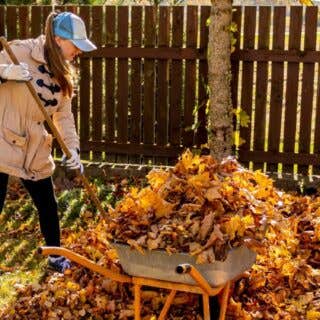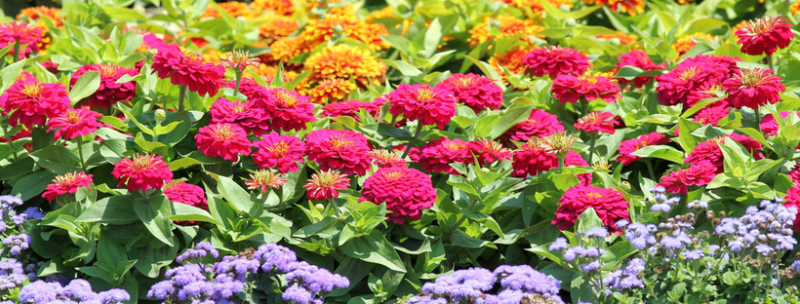October is the perfect time for backyard improvements, including your garden’s return to greatness after the idle months of winter. This is the season to fully embrace the power of the flower with a landscape rich in texture, colour, and structure. Planning a colourful spring garden is all about embracing the vital elements that make your backyard special and strategizing a call to action to bring your garden into full bloom.
Vital Signs
Spring can be divided into three phases: early, mid, and late season. Before breaking ground for your backyard garden, it’s important to consider how each of the three phases can impact the development of your blooms. The early days of spring are marred by leftover winter weather, making it an ideal time to pull off the heavy duty tarps or clear vinyl tarp and prepare the infrastructure of your garden for planting season. The midseason brings rain and shine, especially conducive to the growth of flowers – while late spring is the time to maintain upkeep of your garden and enjoy the fruits of your labor.
Something Old

Pruning shears and trowels are the most important tools in a gardener’s artillery for transforming overgrown flower beds into thriving backyard ecosystems. Removing old perennials and clearing the site of any invasive weeds is the essential first step in getting your garden ready for a colourful spring. The result should be a bed that’s uninhibited and ready for new life.
Something New
New garden beds can be easily constructed with the help of wooden stakes, planks, an outdoor tarp, and the old standby of a hammer and nails. If you plan on constructing a new planting site, it’s important to assemble simple structures that are spacious enough for flowers to take root. Raised garden beds prevent weeds, allow flowers to retain water, and are a DIY breeze to build. These beds consist of low wooden planks that surround your plants, framing flowers for a beautiful presentation. Prior to constructing your bed, use tarp tie downs to place an outdoor tarp on the chosen spot for two weeks. After this period, any grass will have died and will have a designated area with which to work.
Flower Power

Do your research ahead of time to decide which flowers will fare best in the spring season. For your preliminary plantings, opt for early blooming flowers such as daffodils, tulips, and snowdrops that can withstand any early spring chill. If the cold snap has more of a bite than you expected, simply cover your spring beauties with heavy duty tarps until the sun returns. Native species of flowers are known to be a perfect low maintenance choice for backyard beds, so consult a gardening site to see which perennials are native to your region. Once your flowers have been chosen, plant your flora in zig-zag rows to allow each bloom ample room to grow.
Soil, Mulch, and More
As you plant your blooms, it’s important to test your bed’s soil composition. Nitrogen, potassium, and phosphorus are the three key elements of healthy soil composition. These elements can be added to soil with the help of fertilizer and natural chemical solutions, leaving your soil properly balanced for healthy plant life. You can then layer mulch around areas in your garden to supplement any extra space. This helps to provide even more nutrients to your flowers with the added benefit of smothering any potential weeds before they can take root.
Watering Wellness

Flowers generally only require about 3 centimeters of water per week, including rain. For soils with a high irrigation rate, a centimeter of water every few days should be your rule of green thumb. Soils heavier in clay hold moisture, reducing the need for daily watering practices. The best time to water flowers is between the morning hours of 6-10 A.M. or in the evening after 7 P.M. Cooler weather reduces the risk of evaporation and helps flowers retain moisture.
Nip it in the Bud
Take gardening shears to the heads of weeds, being sure to make clean cuts at a diagonal. Once nipped, weeds can be pulled at their roots. For more stubborn or substantial pests, you may have to dig deep into the garden’s soil with a trowel or forked garden hoe to remove the weeds at their root. If you notice invasive plants starting to encroach on your flower garden, you can use a lawn mower or weed wacker to eliminate the problem before it takes over your flowers.

















Recent Comments